The Panama Canal remains one of the most important routes in global trade. Its control has sparked wars, shaped countries, and made billion-dollar profits. But who really owns it?
The Panama Canal and Panama’s Historical Significance
The Panama Canal stands on land with a long, complex history. Before the first shovel of dirt moved, Panama served as a powerful land bridge. This narrow strip connected the Atlantic and Pacific Oceans, making it a key trade route long before the canal existed.
Centuries ago, Indigenous groups like the Ngäbe-Buglé, Kuna, and Emberá lived in the region. They created rich trade networks using land and river routes. These early systems helped goods flow across Central America.
Even before colonization, Panama served as a hub of movement and exchange. When the Spanish arrived in the 1500s, they saw Panama’s value right away. The land gave Spain quick access to gold and silver from South America.
These riches passed through Panama on their way to Europe. To move the treasure, Spain built roads like the Camino Real and Camino de Cruces. Spain forced Indigenous people and enslaved Africans to build and use these paths.
They cut through thick jungles under brutal conditions. As Indigenous populations declined from disease and violence, more Africans were brought in. They worked in gold mines, on plantations, and as human mules dragging goods across the isthmus.
Many enslaved Africans resisted. Some escaped and formed maroon communities deep in the jungle. These groups often fought back and disrupted trade routes.
As time passed, Panama’s role in world trade grew. Its location made it a prize for empires. That history set the stage for what would come next—the push to build the Panama Canal.
The Panama Canal: French Ambitions and Early Failures
The Panama Canal first captured France’s imagination in the 1800s. Ferdinand de Lesseps, who led the Suez Canal project, believed Panama was next. But the tropical jungle and mountains held deadly secrets.
The French plan was bold. They wanted a sea-level canal across Panama. That idea ignored the landscape’s steep hills, heavy rainfall, and unstable soil. Soon, mudslides and flooding brought work to a halt.
Worse still, disease ravaged the workforce. Malaria and yellow fever killed thousands. Most workers came from the Caribbean, especially Jamaica and Barbados. They labored in the heat and humidity, often without proper care or safety.
The French project fell apart. Money ran out. Scandals broke in the press. In the end, over 22,000 people died, and France abandoned the canal. But the dream of the Panama Canal didn’t die with them.
The Panama Canal and the Rise of U.S. Power
The Panama Canal became an American project in the early 1900s. After France failed, the United States stepped in. It purchased France’s equipment, land rights, and unfinished plans. This shift marked a major turning point.
From the beginning, America approached the project differently. Unlike the French, U.S. engineers avoided a sea-level design. Instead, they developed a lock-based system. This method allowed ships to rise and lower through a series of water chambers.
As a result, ships could pass over Panama’s rugged terrain with greater ease. Moreover, the new design matched the land’s geography. It also solved the issue of flooding caused by heavy rainfall.
Thanks to this strategic adjustment, construction became more manageable and less prone to disaster. In addition to better engineering, the U.S. prioritized health and safety. Tropical diseases like yellow fever and malaria had destroyed the French workforce.
Determined to avoid that fate, the U.S. government brought in Dr. William Gorgas. He launched an aggressive sanitation campaign. Gorgas and his crews drained swamps, cleared standing water, and fumigated mosquito breeding grounds.
Soon, infection rates fell. Consequently, workers remained healthier and construction stayed on track. These health efforts proved just as critical as the canal’s engineering design. At the same time, labor came from around the world.
Afro-Caribbean Labor and the Panama Canal’s Strategic Rise
However, Afro-Caribbean workers formed the backbone of the workforce. They arrived from Jamaica, Barbados, and other islands in large numbers. Most worked the hardest jobs—digging, blasting, and moving rock under the hot tropical sun.
Despite their vital role, they faced deep inequality. Their pay was lower than white workers. Their housing was separate and of lower quality. Still, they pressed forward. Day after day, they used dynamite, shovels, and steam drills to shape the canal.
They lived in crowded camps. They endured harsh conditions. Nevertheless, their hands built the Panama Canal, piece by piece, mile by mile. Eventually, their hard work paid off. In 1914, the canal opened for business.
Panama Canal Transformed Global Shipping Routes
Ships could now move between the Atlantic and Pacific Oceans in a fraction of the time. Before the canal, vessels had to travel all the way around South America’s Cape Horn. That route was slow and dangerous.
Now, the Panama Canal gave the United States a direct path between coasts. Commercial trade grew fast. Naval power increased. As a result, America gained a strategic edge in both economic and military terms.
Not only did the canal improve trade routes, but it also symbolized rising U.S. dominance on the global stage. It allowed faster troop movement and strengthened the U.S. Navy.
Just as important, it placed America at the center of international shipping. From this moment forward, the Panama Canal became a powerful tool for projecting American influence across the world.
Panama Canal Control and Panama’s Long Fight for Sovereignty
The Panama Canal remained under U.S. control for most of the 20th century. Even though it was built in Panama, Panamanians had little power over it. From the start, this created tension and resentment.
To begin with, the United States treated the Canal Zone like a separate country. Americans living there had better homes, schools, and hospitals. These services were not available to most Panamanians.
At the same time, local workers earned less and held fewer rights. Meanwhile, the U.S. collected every dollar from canal tolls. Even though the waterway cut through Panama’s land, the profit flowed north.
This made Panamanians feel shut out of their own economy. As resentment grew, protests broke out. A major turning point came on January 9, 1964.
That day, Panamanian students tried to raise their flag in the Canal Zone. They wanted recognition and equality. However, Americans living in the zone blocked them.
Martyrs’ Day Ignites National Unity
As a result, violence followed. Clashes erupted across Panama. The protests led to the deaths of 21 Panamanians. Hundreds more were injured. That day became known as Martyrs’ Day.
Each year, the country remembers those lost in the fight for sovereignty. Afterward, the push for change grew stronger. More people joined the movement. General Omar Torrijos soon became the face of that fight.
When he rose to power in 1968, he made one thing clear. Panama would reclaim the Panama Canal. Torrijos built local and global support. He gave speeches, met world leaders, and united his people.
Step by step, he pressured the United States to negotiate. His plan focused on diplomacy, not war. Still, he remained firm.
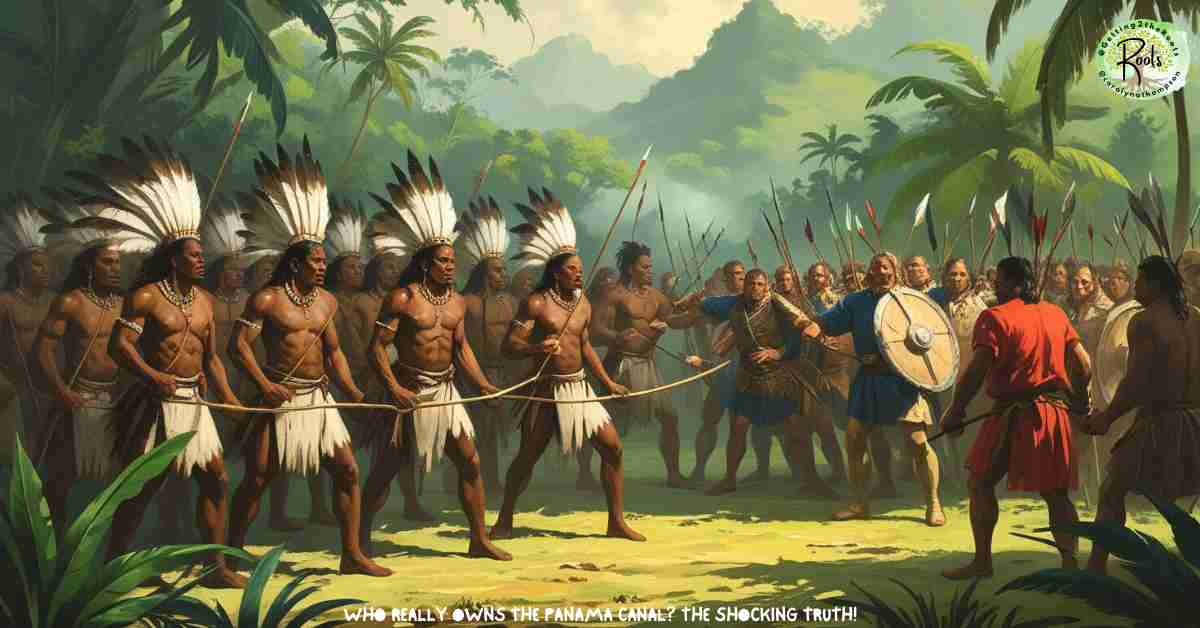
Torrijos-Carter Treaties Shift the Future
In 1977, Torrijos and U.S. President Jimmy Carter signed the Torrijos-Carter Treaties. These agreements created a 22-year timeline. During that time, the U.S. would begin training Panamanians to operate the canal. Gradually, control would shift.
Even more importantly, the treaty guaranteed full transfer by December 31, 1999. That date gave the country hope. It marked the first time Panama could see real ownership on the horizon.
For two decades, the U.S. remained in charge. But each year, Panama’s role grew. More citizens were hired. More skills were passed down. As time went on, power moved steadily into Panamanian hands.
The Day Panama Took Back the Canal
Finally, the big day came. On December 31, 1999, the canal officially returned to Panama. Celebrations filled the streets. People danced, marched, and cheered. After decades of struggle, Panama had reclaimed its greatest asset.
The return of the Panama Canal meant more than money. It restored pride. It gave people control over their future. Most of all, it proved that a united nation could achieve real change.
Panama’s victory became a global example. It showed how leadership, pressure, and patience could overcome injustice. Today, that victory remains one of the proudest moments in the country’s story.
The Panama Canal and Climate Change Challenges
The Panama Canal faces a growing threat that engineering alone cannot solve. Climate change is putting pressure on its operations like never before. As weather patterns shift, the canal struggles to maintain stability.
In recent years, Panama has experienced longer dry seasons. Rainfall patterns have changed. Water levels in the lakes that supply the canal have dropped. This isn’t just a seasonal issue. It’s a long-term concern that threatens the canal’s future.
The locks in the canal depend on freshwater. Each time a ship passes, millions of gallons are used. Without steady rainfall, that water cannot be replaced fast enough. This makes the canal vulnerable to delays and restrictions.
Panama Canal Water Crisis Limits Ship Movement
As a direct result of low water levels, canal authorities have had to act. They imposed limits on the number of ships allowed through each day. They also restricted the weight ships could carry.
These changes affected the global shipping industry. Companies lost time. Costs went up. Some had to look for alternate routes. These disruptions reminded the world just how vital the Panama Canal is to global trade.
In response, Panama began investing in solutions. Engineers explored new water-saving technologies. Authorities launched reforestation efforts to protect watersheds. Yet the struggle continues. The canal cannot operate at full strength without water.
Panama Canal Faces Unpredictable Weather Patterns
Beyond droughts, storms have become more intense. Sudden rainfalls now cause flooding in nearby communities. This makes the region harder to manage. While one year may bring water shortages, another might bring too much.
This climate shift creates instability. Long-term planning becomes difficult. Shipping schedules depend on reliable water levels. So do Panama’s national projects. When water runs low, everything slows down.
Furthermore, climate issues have raised insurance costs. Shipping companies must now account for unpredictable delays. As a result, some are reconsidering their reliance on the canal. Others push Panama for faster upgrades.
Panama Canal’s Future Hinges on Sustainability
Because of these pressures, Panama has placed sustainability at the center of its strategy. Officials know that protecting the environment is no longer optional. It is now key to protecting the canal itself.
New projects aim to collect rainwater more efficiently. Some plans include artificial lakes or water reservoirs. These could give the Panama Canal more flexibility during dry seasons.
In addition, Panama has joined international climate agreements. It works with global partners to track rainfall, prepare for emergencies, and improve regional planning. This global approach may help secure the canal’s future.
Despite these efforts, the challenge remains. Climate change will not stop. Panama must adapt quickly to keep the canal operating. If not, trade disruptions could become more common. For a canal that supports nearly 6 percent of global shipping, that risk is too high.
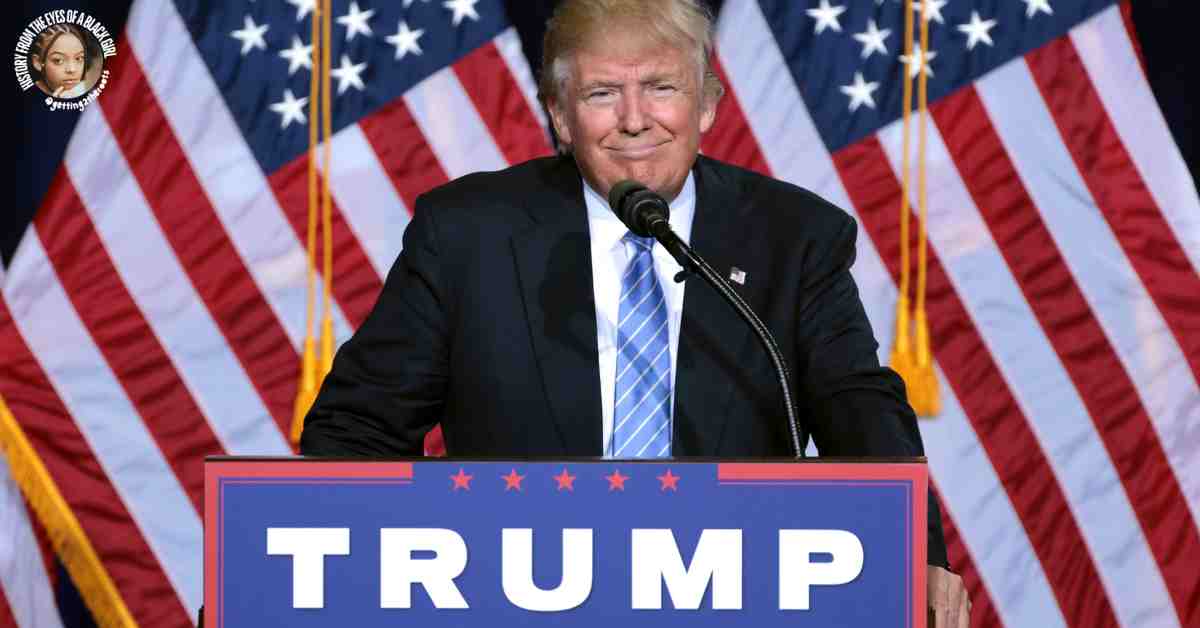
Trump’s Statement and the Risk of U.S. Reclaiming the Panama Canal
The Panama Canal returned to global headlines after former U.S. President Donald Trump made a striking claim. He publicly stated that giving control of the canal to Panama had been a major mistake.
Almost immediately, his comments sent shockwaves through diplomatic and economic circles. Not only did his remarks catch Panamanian officials off guard, but they also reignited a long-standing debate.
According to Trump, Panama’s control had created unfair conditions for American interests. More specifically, his concerns focused on two key points: rising toll fees and growing Chinese influence.
Panama Canal Fees and U.S. Trade Frustrations
Trump argued that tolls charged to U.S. ships were too high. In his view, Panama was taking advantage of American trade routes. As a result, shipping through the Panama Canal had become costly for U.S. businesses.
These higher fees, Trump claimed, forced companies to spend more on transport. This, in turn, raised the prices of goods for everyday Americans. From his perspective, reclaiming the canal would help reduce trade costs and level the playing field.
Furthermore, supporters of his position, mainly in shipping and industrial sectors, argued that U.S. control would offer more stability. They believed that direct ownership could
- Lower tolls,
- Improve access,
and give the U.S. more freedom to move military assets quickly.
However, many experts and policymakers strongly disagreed. Critics warned that any attempt to take back the Panama Canal would violate international law.
In addition, they emphasized that such a move would trigger global backlash and damage America’s diplomatic standing.
Therefore, although some agreed with Trump’s economic concerns, most believed his proposed solution was extreme and risky.
Panama Canal Sparks Concerns Over Chinese Influence
In addition to trade, Trump focused on China’s presence in Panama. He claimed that Chinese companies were gaining too much influence near the canal.
While it’s true that China does not control the canal itself, its state-backed firms have invested heavily in nearby ports and infrastructure.
For example, Chinese businesses operate logistics hubs and shipping facilities on both ends of the Panama Canal. Trump suggested that these investments could give China indirect leverage over the waterway.
Moreover, he warned that such influence could one day be used against the United States. In his view, economic partnerships could quietly evolve into strategic threats.
Even so, Panamanian officials rejected this narrative. They pointed out that Panama welcomes investment from many countries, not just China. According to them, the canal remains neutral, well-managed, and secure.
Nevertheless, Trump’s warnings struck a chord. Some lawmakers in the U.S. echoed his concern. They feared that China’s economic reach might eventually affect operations or decisions surrounding the canal.
As a result, the push for greater U.S. involvement gained some traction, especially among security-minded policymakers.
Panama Canal Could Become a Global Flashpoint
If the United States ever attempted to reclaim the canal by force or political pressure, the outcome would be severe. First, Panama would resist.
The canal is not just infrastructure. It is a symbol of national pride and hard-earned sovereignty. Second, Latin American countries would likely rally behind Panama.
Many nations in the region have long histories of resisting U.S. intervention. Therefore, any aggressive move could reignite anti-American sentiment across the hemisphere.
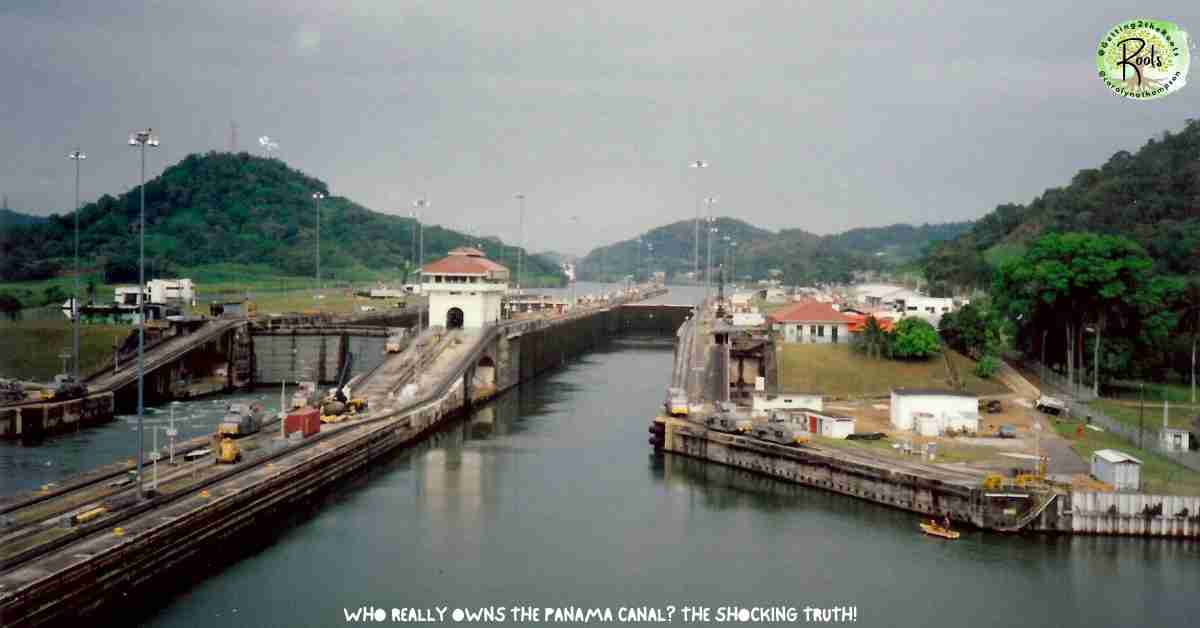
Even more alarming, China would probably respond. With billions invested in Panama’s ports and economy, China would not stay silent.
While unlikely to engage militarily, China could use diplomatic or economic tools to defend its interests. In addition, global institutions such as the United Nations and World Trade Organization would likely get involved.
These organizations are committed to international law, and the Torrijos-Carter Treaties legally recognized Panama’s ownership of the canal.
Under these agreements, a U.S. takeover would violate clear legal boundaries. Beyond legal consequences, the practical fallout would be disastrous.
The Panama Canal handles about 6 percent of global maritime trade. Any disruption whether from conflict, sanctions, or protests would delay shipments worldwide.
Prices on consumer goods could spike. Supply chains would fracture. Worse still, a crisis at the canal would ripple through the global economy.
Energy, food, electronics, and countless other goods rely on fast, affordable shipping. The canal’s disruption could spark inflation, market instability, and political unrest in multiple countries.
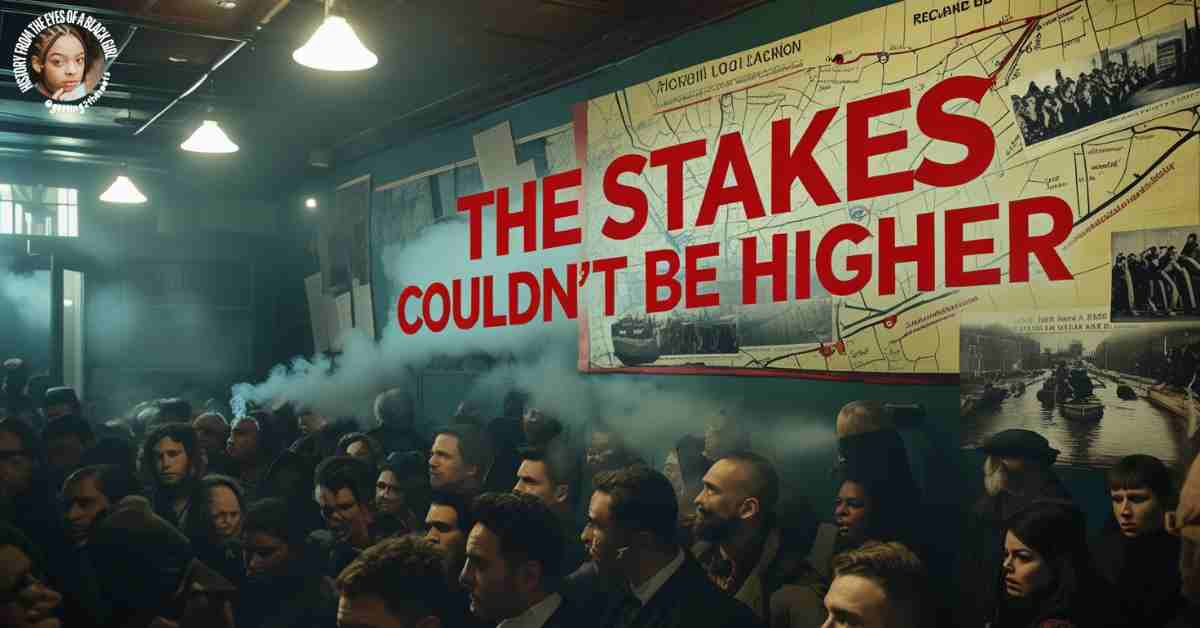
Panama Canal Represents a Test of Modern Diplomacy
For all these reasons, world leaders have responded to Trump’s remarks with caution. While some agree that canal tolls should be fairer, few support the idea of reclaiming control.
Instead, they advocate for ongoing diplomacy, regional cooperation, and respect for Panama’s sovereignty. Importantly, the Torrijos-Carter Treaties marked a peaceful handover.
They represented a rare moment when power transferred without war. Undoing that legacy would send a dangerous message to the world.
In the end, the Panama Canal is more than a shipping shortcut. It is a test of modern diplomacy and global trust.
The world has changed since the days of colonial control. Most nations now believe that dialogue, not domination is the better path forward.

Explore Powerful Moments from the Past in One Playlist
Discover Powerful Stories in One Place
Step into the past with the History in Motion playlist. It’s more than just dates and facts, it’s the voices, struggles, and triumphs that shaped us.
visit my YouTube channel and watch the stories come alive in the “History Truough Black Eyes” playlist. Let’s learn from the past, inspire the present, and honor the legacy together.
Conclusion: The Panama Canal, Sovereignty, and Global Power
In Conclusion the Panama Canal has always been more than a waterway. It has been a battleground for power, money, labor, and freedom. From the days of Spanish conquest to the age of global trade, the canal has shaped nations and changed lives.
For centuries, outsiders controlled Panama’s most valuable asset. First, it was the Spanish. Then, it was the French. After that, the United States took over. Each wave of foreign control left deep marks on Panama’s people, land, and economy.
However, the story changed in 1999. After decades of protests, diplomacy, and sacrifice, Panama finally reclaimed the canal. That moment wasn’t just a victory. It was proof that a small nation could stand up, speak out, and win.
Today, the Panama Canal stands as a symbol of sovereignty and success. It fuels trade, supports jobs, and funds schools. It connects oceans, but it also connects people. Millions around the world rely on it every day.
Yet new threats are rising. Climate change, rising tolls, and foreign influence all test the canal’s stability. At the same time, political voices in the U.S. have reopened old wounds. Some now suggest taking the canal back.
Such a move would risk global conflict. It would shake economies and stir resistance. More importantly, it would erase decades of peaceful progress. The world cannot afford that mistake.
Therefore, the future of the Panama Canal must rest in diplomacy, respect, and cooperation. The canal belongs to Panama. The world depends on it. Together, nations must work to protect it not for control, but for the common good.
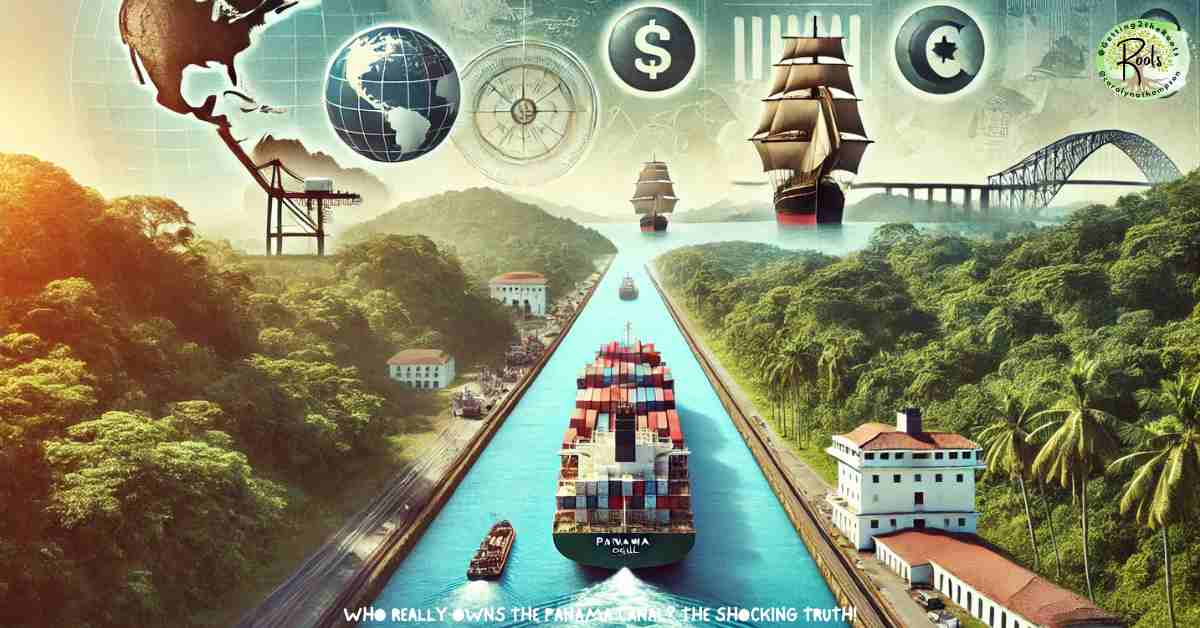
FAQs About the Panama Canal
- What is the Panama Canal and why is it important?
- The Panama Canal is a man-made waterway that connects the Atlantic and Pacific Oceans through Central America. It shortens shipping time by thousands of miles. The canal allows faster trade, supports global supply chains, and saves money on fuel and cargo transport.
- Who currently owns and controls the Panama Canal?
- Panama owns and operates the Panama Canal. The U.S. returned full control to Panama on December 31, 1999, under the Torrijos-Carter Treaties. Since then, the Panama Canal Authority manages all operations, tolls, and maintenance.
- Why did the U.S. give the Panama Canal back to Panama?
- The U.S. returned the Panama Canal to honor an international agreement. The Torrijos-Carter Treaties, signed in 1977, outlined a 22-year process for transfer. Panama had demanded sovereignty, and the U.S. agreed to a peaceful handover by the end of the century.
- How is China involved with the Panama Canal?
- China does not control the Panama Canal, but Chinese companies have invested in nearby ports and logistics centers. These investments have sparked debate over China’s growing economic influence in the region, especially near such a strategic global route.
- What would happen if the U.S. tried to take back the canal?
- If the U.S. tried to retake the Panama Canal, it could trigger serious global fallout. Panama would resist. Latin American nations would protest. China might respond economically. Trade would slow, prices would rise, and international law would be violated.







